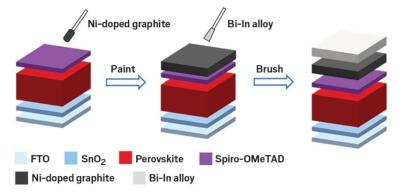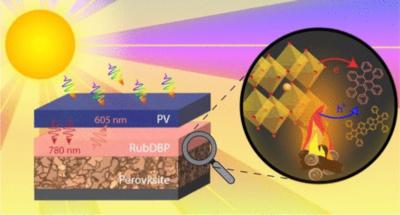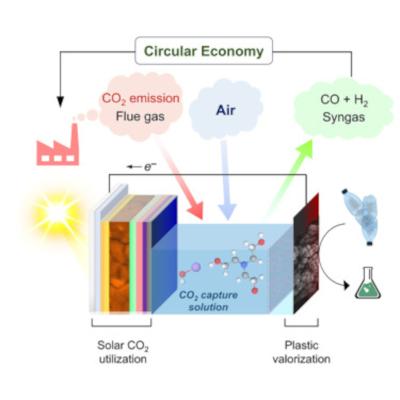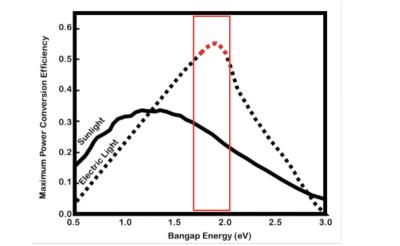EneCoat Technologies and Toyota to jointly develop automotive perovskite solar cells
EneCoat Technologies and Toyota Motor Corporation have announced that they will work together to develop and commercialize automotive perovskite solar cells (PSCs) with the common goal of "contributing to the realization of carbon neutrality". The high efficiency, thin form factor and light weight make PSCs suitable for the automotive industry.
EneCoat is a start-up company established in 2018 based on research results from Atsushi Wakamiya's laboratory at the Institute for Chemical Research, Kyoto University. It has developed material and deposition technologies for high-efficiency perovskite solar cells, and has successfully developed film-type perovskite solar cells with high output (module conversion efficiency of 19.4% as of April 2023). It is also participating in the Green Innovation Fund Project, one of the government's industrial policies aiming for carbon neutrality by 2050.





